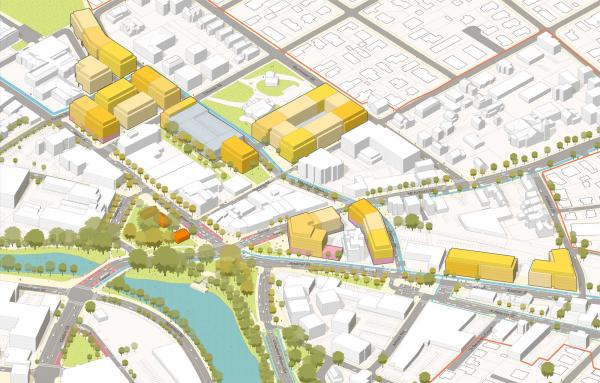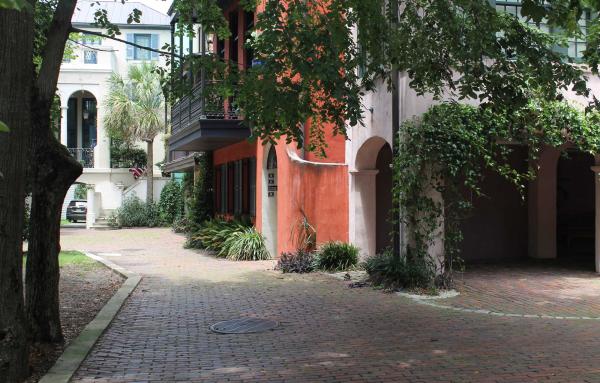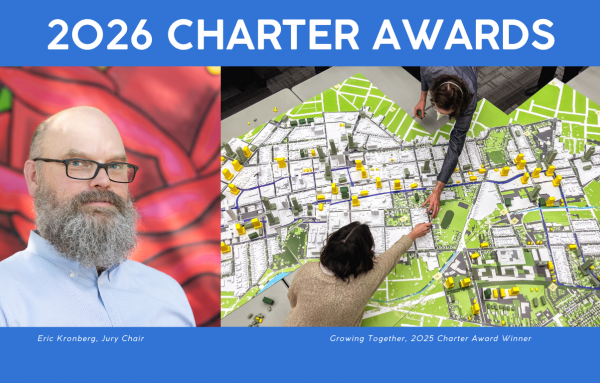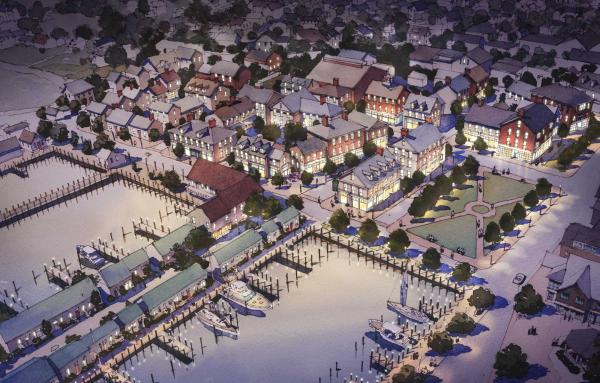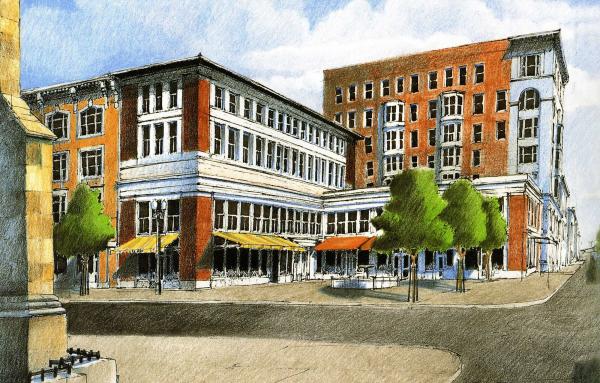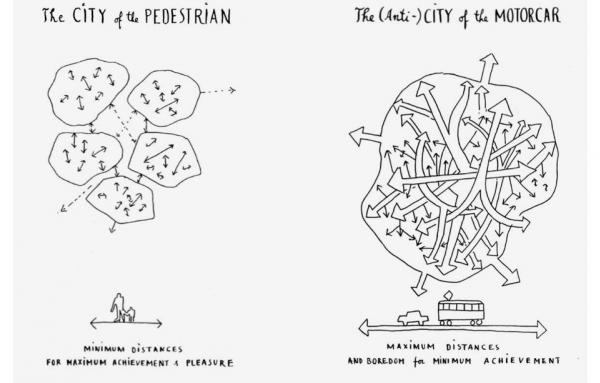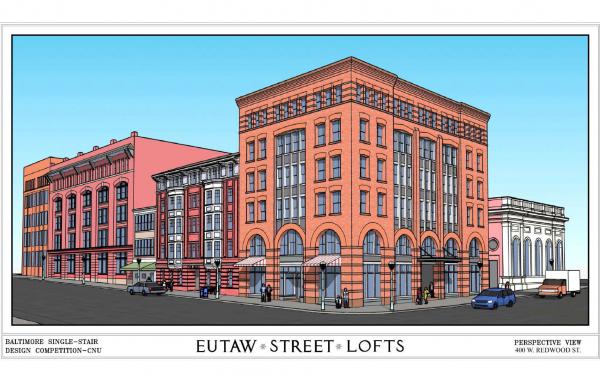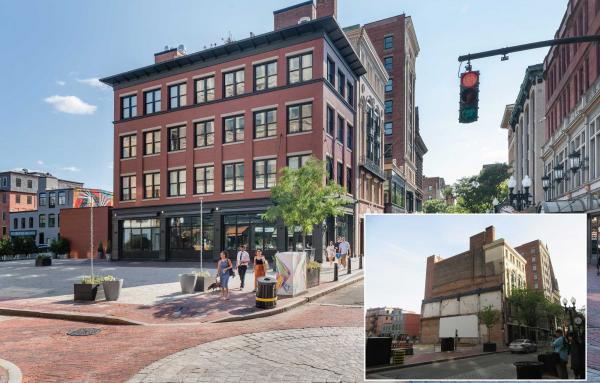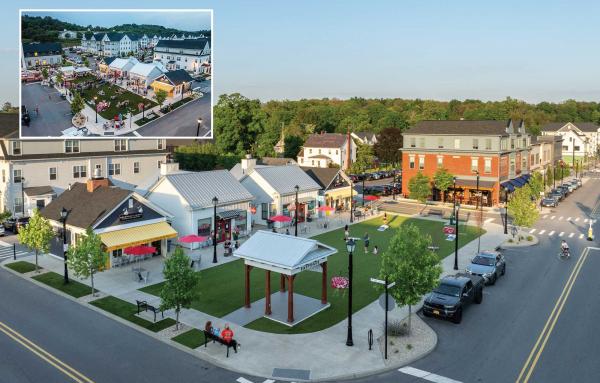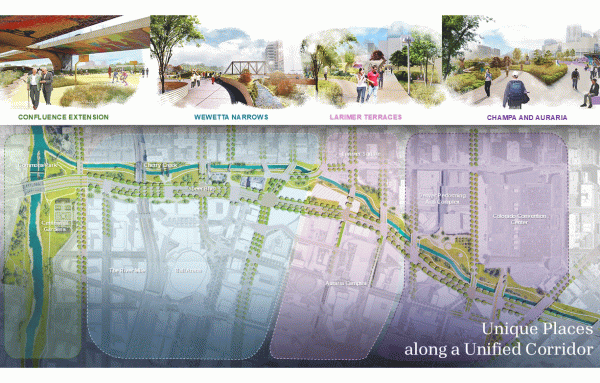Design
A proposal could add thousands of housing units to the City center, while making it more walkable and sociable.
The room filled with the murmur of nervous conversations and new friendships forming. Seventeen students, strangers only minutes before, gathered for our first Summer Studio. To begin, we asked each student to stand along a line across the room...
Jury chair for the 2026 Charter Awards Eric Kronberg is looking for new urban projects that address issues like attainability, mobility flexibility, climate change, and human flourishing in general.
The Art of the New Urbanism is more than a beautiful book—it tells the story of an urban planning movement through the lens of its drawing skills.
Three decades ago, a man with a pen proposed a park in downtown Providence, showing that artists can be powerful planners.
The late architect and urban theorist wrote a to-do list for city founders, mayors, administrators, designers, settlers, and landowners.
CNU Mid-Atlantic’s Baltimore Single-Stair Design Competition shows the value of single-stair types in mid-rise buildings on infill sites, but more work needs to be done.
Revitalization of Westminster Street in Providence, RI, balances development and preservation to build economic and social life downtown. Union Studio Architecture & Community Design won a 2025 CNU Charter Award in the Block, Street and Building...
Eastdale Main Street Village in Poughkeepsie, New York, establishes a new growth pattern on a low-density strip corridor. Union Studio Architecture & Community Design won a 2025 CNU Charter Award in The Block, Street, and Building category.
Cherry Creek and Speer Boulevard Vision and Feasibility Study in Denver, CO aims to restore a stream and the urban fabric along a traffic corridor. HDR won a Merit Award in the Neighborhood, District, and Corridor category of the 2025 CNU Charter...
Midwest Pre-Approved Building Programs for Rebuilding Neighborhoods helps cities build the housing they need. Kalamazoo and South Bend won a Merit Award in The Region: Metropolis, City and Town category of the 2025 CNU Charter Awards.
Zone 3 creates a tactical arts hub in the Allston neighborhood of Boston. Harvard University won a Merit Award in the Block, Street, and Building category of the 2025 CNU Charter Awards.
